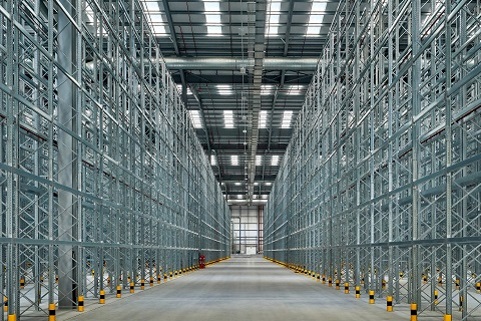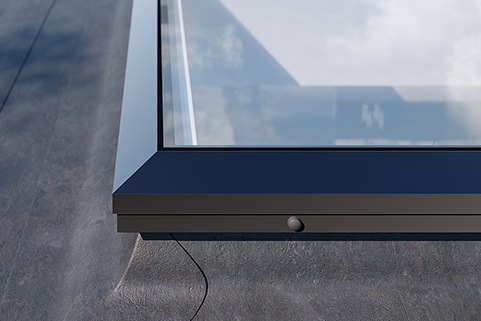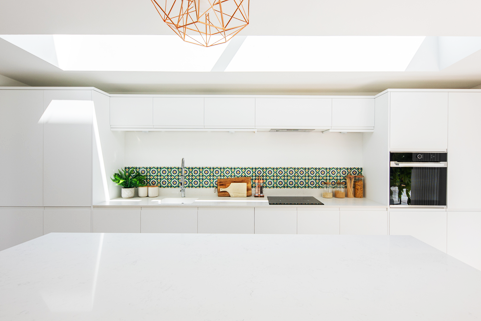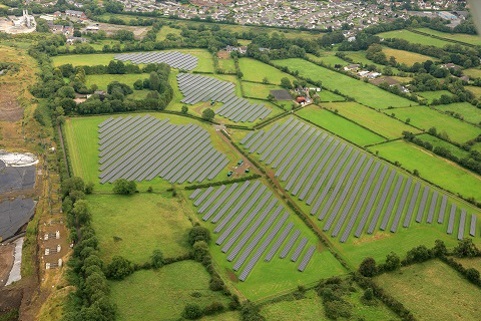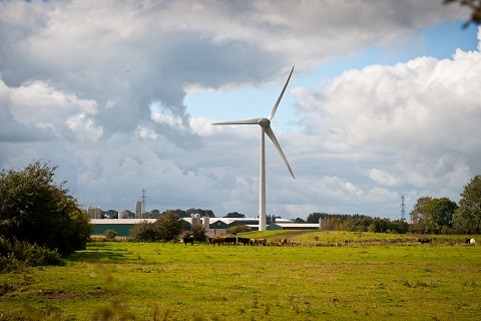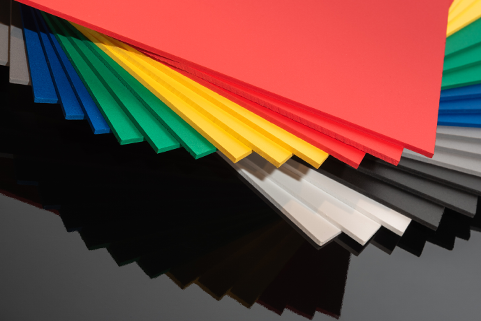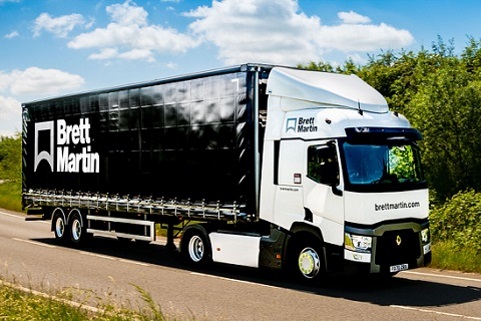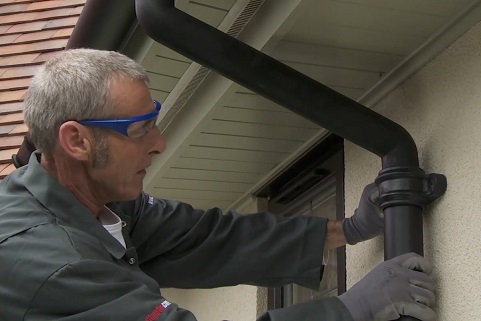Let the Light in: Designing with Polycarbonate
Whether domestic or residential, private or public, ensuring occupants can enjoy well-lit spaces and gain the benefit of natural light is crucial for any building design.
Here, we examine how our Marlon Clickfix polycarbonate panels can provide a great alternative to traditional glazing, helping to maximise daylight whilst introducing visual interest and colour variation to a facade.
The benefits of daylight
Numerous studies have shown the link between exposure to daylight and overall wellbeing. A well-lit space helps to guarantee thermal and visual comfort, which plays a key role in enhancing mood, alertness and productivity. Exposure to natural light also enables the body to generate Vitamin D, contributing positively to an individual’s mood, the function of their nervous system, their ability to build healthy muscle and brain function.
As a result, daylight regularly features in regulations and guidance that promotes well-being in buildings. The RIBA’s 2019 Sustainable Outcomes Guide listed designing spaces with ‘good indoor daylighting, lighting and glare control’ as one of the key design principles for good health and wellbeing.
Similarly, EN 17037, published in 2018, was the first European-wide standard to deal exclusively with daylight in buildings. It outlines how to achieve multiple aims in respect of daylighting, grouped into four categories: daylight provision, assessment of the view out of windows, access to sunlight and prevention of glare.
The benefits of polycarbonate panel glazing
Our multiwall polycarbonate panels provide the ideal solution for design teams as they allow daylight to enter interior spaces without generating glare, creating harsh shadows, compromising privacy or causing thermal instability. What’s more, the versatility of polycarbonate panels enables the introduction of new design elements into a project’s façade and provides a sleek modern aesthetic.
Translucency
Maximising daylight without compromising privacy is a key consideration for designers. Whilst some may want a fully glazed facade, this approach isn’t appropriate for all clients or contexts. Our multiwall polycarbonate Marlon Clickfix panels provide an excellent alternative because they offer up to 74% light transmission but create a translucent screen that shields inhabitants from the view of onlookers.
Because polycarbonate is translucent, it also helps to ensure that interior spaces are lit by a soft, diffused light. This avoids harsh shadows and glare that can make heavily glazed structures difficult for daily use. A great example of this in action is the Royal College of Art’s Battersea campus by Herzog & de Meuron . Here, our Clickfix panels were utilised in tandem with traditional glazing in double height studios, allowing the students to take advantage of the site’s views across London, whilst also providing light filled workspaces that aren’t as susceptible to changing conditions.

Thermal performance
Another benefit of our multiwall polycarbonate panels is their excellent thermal performance. By scattering the light, the polycarbonate filters out the radiant element of the solar wavelength, reducing the greenhouse effect that can occur in buildings with a lot of glazing. What’s more, because our Marlon Clickfix panels are multiwalled, they boast U values as low as 0.99W/m2K. This means that polycarbonate facades can reduce the likelihood of uncomfortable internal temperatures and play an active role in helping to deliver more thermally efficient buildings.
Consequently, our Clickfix provided the ideal solution for the Cheltenham Muscat school in Oman. Located in Seeb, summer temperatures can soar above 40 degrees so specifying a solution that would help to control the internal temperature was essential to creating a comfortable environment for the school’s sports hall.

Physical characteristics
Unlike traditional glazing, polycarbonate also exhibits an excellent strength to weight ratio which makes it ideal for spanning large areas with minimal supporting structure. What’s more, our maximum production length of 14m enables designers to span whole facades in just one sheet’s length, reducing the need for joins and helping to create a seamless finish.
Despite its low weight, polycarbonate has an impact resistance up to 200 times greater than glass. It also retains its physical properties through significant temperature variations, from -40°C to 100°C, and a maximum temperature tolerance of 130°C for short periods of time. This makes polycarbonate a great choice for a wide range of locations and helps to provide an additional level of security, even from direct impact or extreme weather.
Creating a striking facade
As a manufactured material, almost any colour of Marlon Clickfix can be specified to suit your project and site. This was demonstrated by Todd Architect’s Waterfront Hall in Belfast , which utilised over 1,750m2 of multiwall polycarbonate panelling in three distinctive colours that were extruded in two different intensities to create an eye-catching graduated flow of colour along the waterfront elevation.
Alternatively, the sleek and modern finish of polycarbonate can create a very uniform façade when one colour is used throughout. The Centrocor headquarters in Portugal , for example, used pearlescent Marlon Clickfix to create a crisp white façade that provided a contemporary spin on the traditional whitewashed buildings in the surrounding area. This project also utilised polycarbonate panels that were pre-cut to size and curved. This not only simplified and sped up the installation process, it also enhanced the unique design.
In addition, polycarbonate can be easily cut to fit on site using standard tools. This adds an extra level of versatility, ensuring the façade can be easily adapted should the design need to be altered.

Sustainability
Finally, thanks to the Marlon BioPlus option from the Marlon Clickfix range, polycarbonate is now a sustainable alternative to traditional glazing. It is produced using 100% renewable energy from Brett Martin’s own wind turbine and 89% bio-attributed resin derived from cooking oil instead of fossil based raw materials. It is the ideal solution for projects where sustainability is an important factor, as an LCA has demonstrated a 90% carbon saving for customers, compared to other polycarbonate products.
This improved sustainability, coupled with its thermal performance, physical characteristics and striking appearance help to make Marlon Clickfix the ideal choice for your next project.
To find out more about our Marlon Clickfix, head to www.brettmartin.com/daylight-systems/our-products/product/vertical-panel-glazing
or contact us at www.brettmartin.com/contact-us#daylight
Related
Marlon Clickfix is a complete architectural polycarbonate panel glazing system providing quality natural light, superior thermal insulation and UV protection in addition to the impact resistance, resilience and structural strength inherent in polycarbonate.

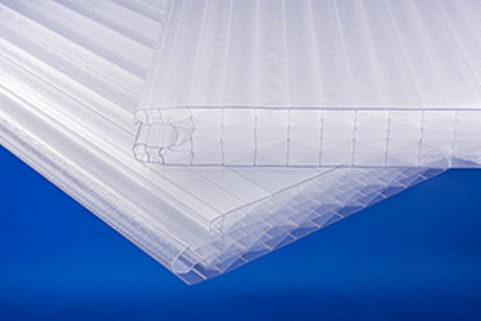
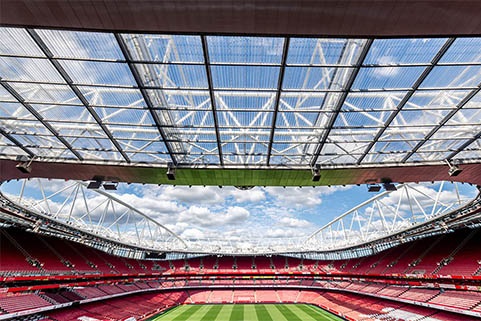
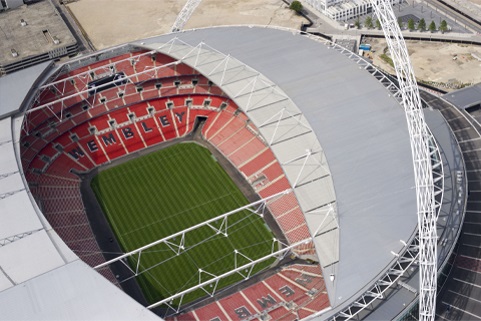
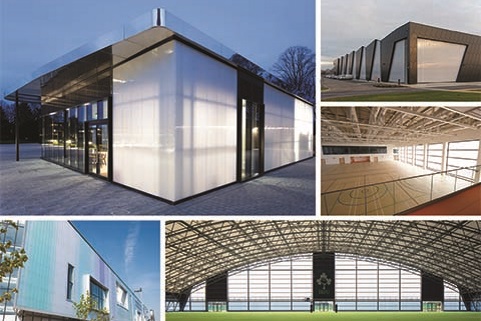
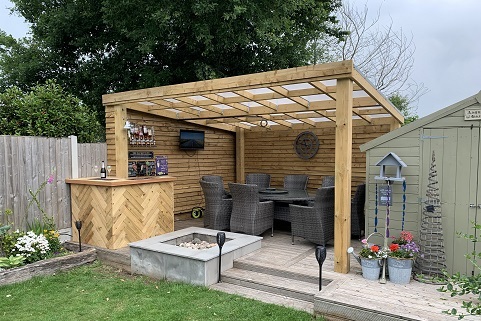
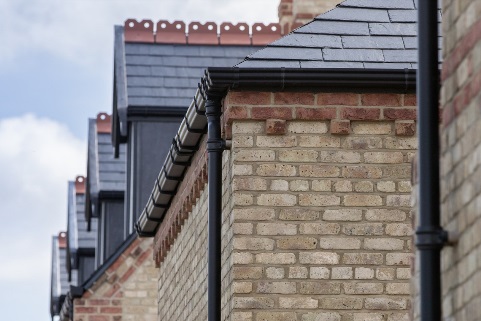
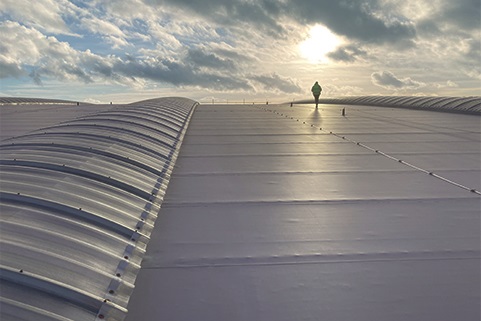
.tmb-listing.jpg?Culture=en&sfvrsn=a65ec15f_1)

